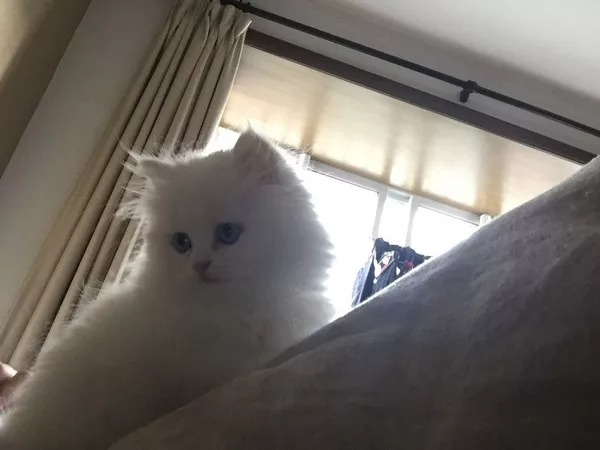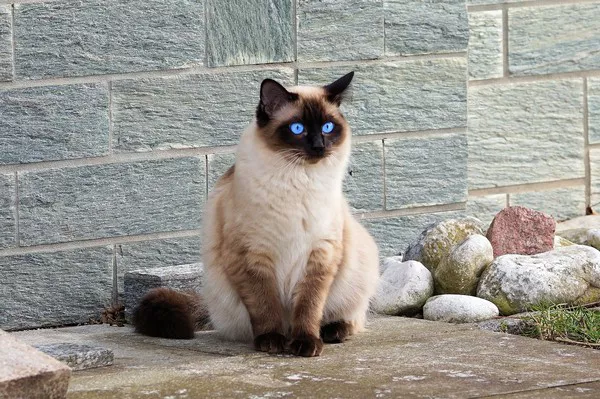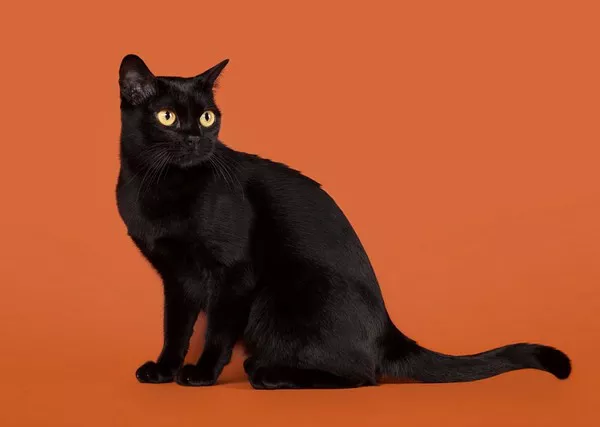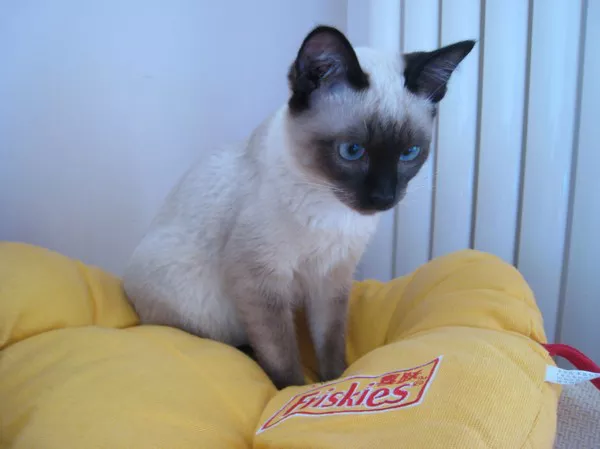Cats are fascinating creatures, known for their agility, independence, and unique behaviors. One of the most distinctive features of a cat is its tongue. Unlike the smooth, relatively soft tongues of humans and many other animals, cats have tongues covered in tiny, backward-facing barbs called papillae. These papillae serve various purposes and play a crucial role in a cat’s life. In this article, we will explore the anatomy and functions of cats’ rough tongues, shedding light on why they have evolved to be this way.
The Anatomy of a Cat’s Tongue
To understand why cats’ tongues are rough, let’s first take a closer look at their tongue’s anatomy. A cat’s tongue is a remarkable organ composed of several essential components:
Papillae: Papillae are small, backward-facing barbs that cover the surface of a cat’s tongue. These papillae give the tongue its rough texture.
Keratinized Epithelium: The papillae are made of keratinized epithelium, the same tough protein that makes up human hair and nails.
Muscles: Beneath the tongue’s outer layer, there are intrinsic and extrinsic muscles that enable a cat to move its tongue with precision and control.
Salivary Glands: The tongue plays a significant role in grooming, and it’s constantly bathed in saliva produced by salivary glands.
The Functions of Cats’ Rough Tongues
Cats use their rough tongues for a variety of essential functions in their daily lives. Here are some of the primary roles that a cat’s tongue plays:
Grooming: One of the most well-known uses of a cat’s tongue is grooming. Cats are meticulous groomers, and they use their tongues to clean themselves thoroughly. The backward-facing papillae help remove dirt, loose fur, and debris from their coats. Grooming also helps distribute the natural oils produced by their skin, keeping their fur soft and waterproof.
Feeding: Cats are obligate carnivores, which means their primary diet consists of animal-based proteins. Their rough tongues are effective at stripping meat from the bones of their prey. The papillae help dislodge meat fibers and facilitate the consumption of food.
Stimulating Maternal Care: Mother cats (queens) use their rough tongues to stimulate their kittens. This stimulation encourages kittens to urinate and defecate during their first few weeks of life when they are unable to do so independently.
Cleaning Wounds: Cats’ tongues are not only useful for cleaning their fur but also for cleaning wounds. When a cat licks a wound, it removes debris, promotes healing, and may even have some antimicrobial properties in their saliva.
Cooling Down: Cats use panting as a cooling mechanism when they are hot. They may also lick their fur, as the evaporation of saliva can help dissipate heat and cool their bodies.
The Adaptation of Rough Tongues
The evolution of cats’ rough tongues is a testament to their survival and adaptation as predators. Here are some key reasons why rough tongues have evolved in cats:
Efficient Grooming: For solitary hunters like cats, maintaining cleanliness is vital for stealth and hunting success. The backward-facing papillae on their tongues allow them to remove debris and clean their fur effectively, reducing scent and noise that might give away their presence to prey.
Dietary Adaptation: Cats are obligate carnivores, and their tongues have adapted to help them consume animal flesh more efficiently. The papillae assist in stripping meat from bones, making it easier for them to access essential nutrients.
Wound Care: In the wild, cats may encounter injuries while hunting or defending themselves. Their tongues’ wound-cleaning capabilities aid in survival by reducing the risk of infection.
Thermoregulation: Cats’ tongues can assist in thermoregulation, helping them cool down in hot weather by facilitating evaporation from their fur.
Cats’ Rough Tongues and Grooming Habits
Cats are renowned for their grooming habits, and their rough tongues are a crucial tool in this process. Grooming serves multiple purposes in a cat’s life:
Cleanliness: Cats are naturally clean animals, and grooming helps them maintain a clean and healthy coat. By removing dirt and debris, they reduce the risk of skin infections and keep their fur in optimal condition.
Temperature Regulation: Grooming can help cats regulate their body temperature. When they groom, they spread saliva on their fur, and as it evaporates, it has a cooling effect on their skin.
Bonding: Grooming is a social behavior in cats. When one cat grooms another, it’s a sign of trust and affection. Cats in the same social group often groom each other as a way of strengthening their bonds.
Stress Reduction: Grooming can also serve as a coping mechanism for cats when they are stressed or anxious. It helps them relax and soothes their nerves.
However, excessive grooming can be a sign of an underlying health issue, such as allergies, skin problems, or behavioral problems. If you notice your cat grooming excessively or developing bald spots, it’s essential to consult with a veterinarian to rule out any medical concerns.
Cats and Hairballs
While grooming is essential for cats, it can have a downside—hairballs. Cats ingest loose fur during grooming, and hairballs can form when this fur accumulates in their stomachs. To help prevent hairballs, consider the following:
Regular Brushing: Brushing your cat regularly can reduce the amount of loose fur they ingest while grooming. It also strengthens the bond between you and your cat and keeps their coat looking its best.
Hairball Remedies: There are hairball remedies available, such as specialized cat food and petroleum-based oral gels, which can help lubricate the digestive tract and ease the passage of hairballs.
Dietary Fiber: Some high-fiber cat foods are formulated to help move hairballs through the digestive system more easily.
Hydration: Ensure your cat has access to fresh water at all times. Proper hydration can help prevent hairballs.
Conclusion
Cats’ rough tongues are a remarkable adaptation that serves various essential functions in their lives, from grooming and feeding to wound care and thermoregulation. These unique tongues are a testament to cats’ evolution as skilled predators and self-sufficient animals. While grooming is a natural and healthy behavior for cats, it’s essential for pet owners to be aware of potential issues like hairballs and to provide the care and attention necessary to keep their feline companions happy and healthy. Understanding the biology and behaviors of cats enhances our appreciation for these fascinating and enigmatic animals.

























